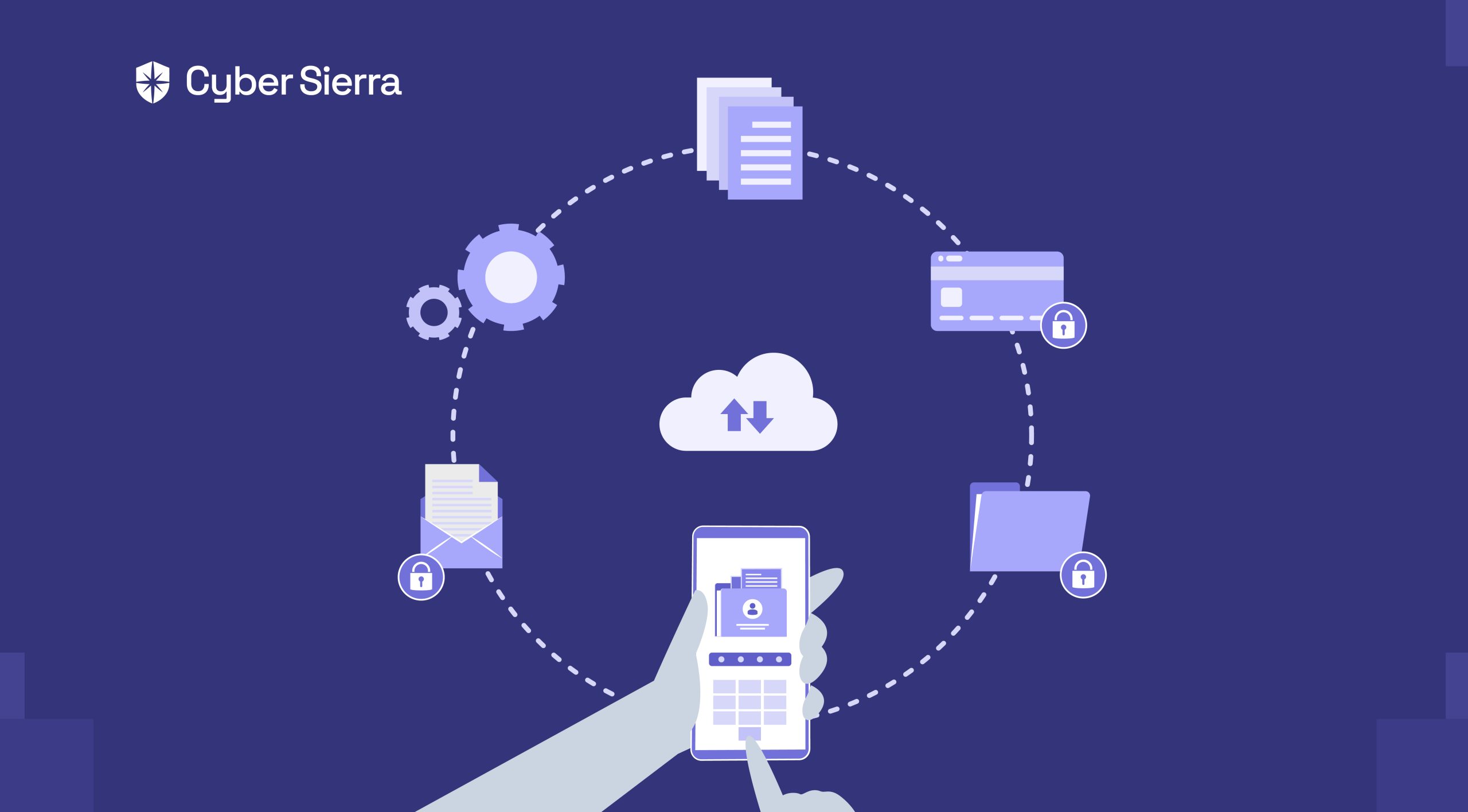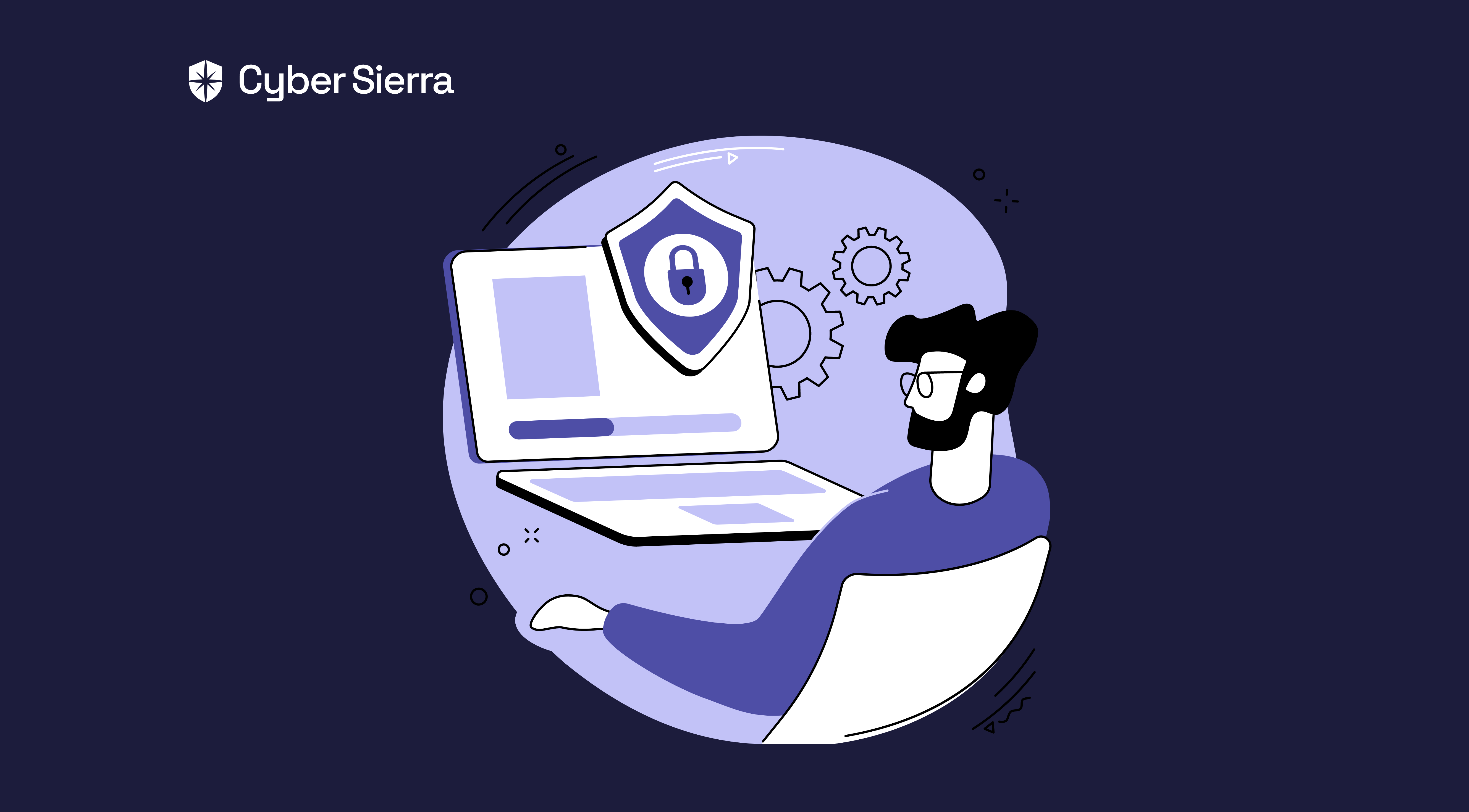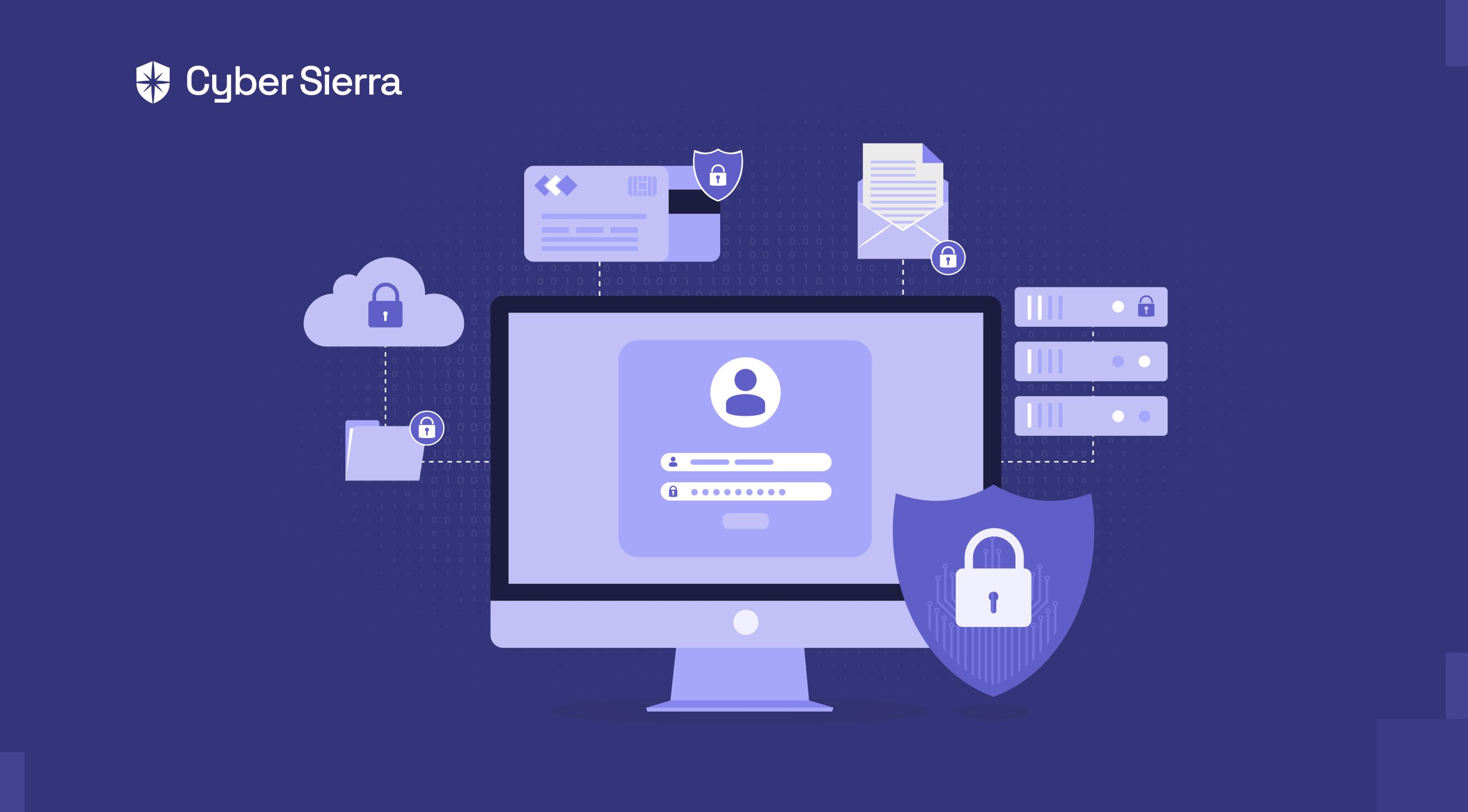

Safe Browsing Habits




Join thousands of professionals and get the latest insight on Compliance & Cybersecurity.
Many of us spend significant time on the internet for work and leisure.
To ensure a safe, privacy-preserving internet experience, there are a few best practices that we can keep in mind as listed below:
4 Safe Browsing Habits:
1. Update your browser’s privacy and security settings:
Almost all modern browsers have a section to update the privacy and security settings. These settings correspond to having controls over browsing data, safe browsing practices, and managing security keys among other options.
2. Block pop-ups:
Pop-ups in the milder form are mostly invoked to redirect traffic to an inappropriate website or farm the user’s data. In some cases, the pop-ups also lead to potentially downloading malware on the user’s systems. Hence, it’s generally a good practice not to allow pop-ups as a default option.
3. Avoid suspicious websites:
Modern browsers have in-built capabilities to identify websites that are potentially suspicious or shady. However, it’s important to exercise extra caution when navigating sites that seem suspicious. Hence, be extra wary of websites that aren’t running on HTTPS or have their SSL Certificates expired.
4. Keep the browser updated:
Most browsers have the option to have it updated automatically. It’s advisable to keep the option of automatic updates to be on as it minimizes the possibility of a breach happening because of potential vulnerabilities in the older versions.
Find out how we can assist you in completing your compliance journey.







